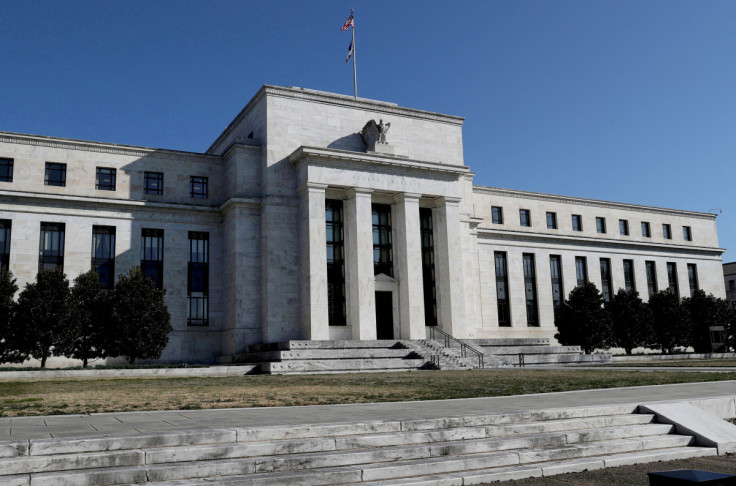Fed Says Rising Income Costs Cut Payments To US Treasury In 2022

Rising interest costs cut into the amount of money the Federal Reserve handed back to the U.S. Treasury last year compared to 2021, the U.S. central bank said in an audited financial statement released on Friday.
The Fed returned $76 billion to the Treasury last year, down from $109 billion in the prior year, according to the document, which updated figures first released in January.
The central bank said it earned $58.8 billion last year versus $107.9 billion in 2021. Higher costs related to interest ate into the bottom line and left the Fed at the end of 2022 with what it calls a $16.6 billion deferred asset, which describes what is essentially a loss for the central bank.
The Fed has said that even when it operates in a net negative environment, its losses do not impact its ability to operate or conduct monetary policy. A deferred asset will be paid back when the Fed moves back to profitability, but that could take some time, given that analysts expect it to run large losses for an extended period. As of March 22, that deferred asset had risen to $42.2 billion.
By law the Fed returns profits after covering its operating expenses to the Treasury. Over the last year the central bank has lifted its benchmark overnight interest rate aggressively, which has sharply increased the interest it pays banks, money funds and others to keep cash at the central bank.
The largest source of Fed income is the interest income it gets from bonds it owns. The Fed aggressively bought Treasury bonds and mortgage-backed securities to support the economy and financial system during the coronavirus pandemic, and the income it earned from those securities at a time when its policy rate was near zero allowed Fed profits to swell.
But in March of last year, the central bank began to hike interest rates to tame high inflation. Soon after, it started to shrink the size of its holdings, in turn creating a pincer movement to erode its earnings.
In its statement on Friday, the Fed said that interest it paid to deposit-taking banks via its interest on reserve balances tool hit $60.4 billion last year, up $55.1 billion from 2021, while interest paid via the reverse repo facility stood at $42.0 billion, rising $41.6 billion from 2021. The Fed uses the rates paid on these two facilities to control its benchmark overnight interest rate.
The Fed also said that in 2022 it earned $170 billion in interest income from the bonds it owned, versus $122.4 billion in 2021.
© Copyright Thomson Reuters {{Year}}. All rights reserved.





















